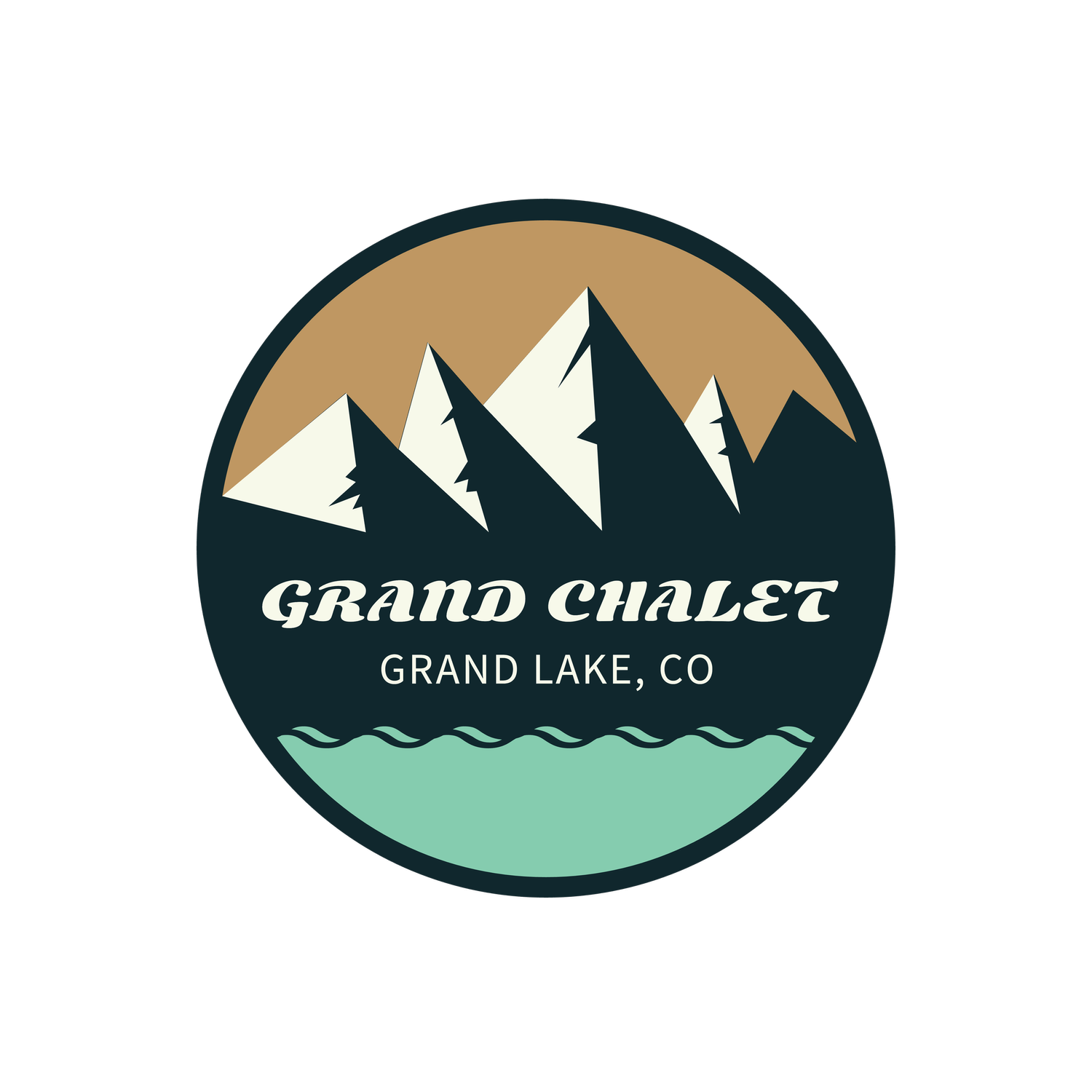What is Grand County known for?
Grand County, located in Colorado, boasts a rich tapestry of history, culture, and natural beauty. Let's delve deeper into what makes this county truly unique:
Native Tribes
The roots of Grand County trace back to about 11,000 years ago, with evidence of human occupation during the Clovis, Folsom, and Plano periods. The first modern Native Tribe to inhabit the region were the Utes. These hunter-gatherers traveled throughout the Rockies, following game herds and gathering dietary plants. By the early 1800s, the Arapaho and Cheyenne tribes began hunting in the Middle Park area, leading to territorial disputes with the Utes.
Early American Period
Trail Ridge Road
The Louisiana Purchase of 1803 brought Grand County under the United States' jurisdiction. However, the Utes and Arapaho largely controlled the region for several decades. The allure of beaver and other fur-bearing animals attracted fur trappers to Middle Park in the 1820s. The Colorado Gold Rush of 1858–59 marked the arrival of the first permanent European settlers.
County Development
Grand County underwent significant development in the late 19th and early 20th centuries. The creation of Routt and Moffat Counties in 1877 and a dispute settlement in 1886 established its current boundaries. The county witnessed a brief mining boom, followed by a surge in ranching and agriculture. The arrival of the first railroad in 1904 further boosted the county's growth.
Tourism
Tourism has been a consistent industry in Grand County. Hot Sulphur Springs attracted visitors as early as the 1860s. The establishment of Rocky Mountain National Park in 1915 and the creation of Trail Ridge Road in 1938 bolstered tourism. Skiing, which began in the early 20th century, transformed into a major industry post-World War II. Today, Grand County offers a plethora of attractions, from the Grand Lake Lodge to the Winter Park ski resort.
Insights:
Cultural Intersection: The coexistence and conflicts between the Utes, Arapaho, and Cheyenne tribes highlight the cultural and territorial dynamics of the region.
Economic Evolution: Grand County's transition from a fur-trapping hub to a mining hotspot and eventually a tourist destination showcases its economic adaptability.
Natural Attractions: The county's hot springs, national parks, and ski resorts underline its natural beauty and its appeal as a tourist destination.

